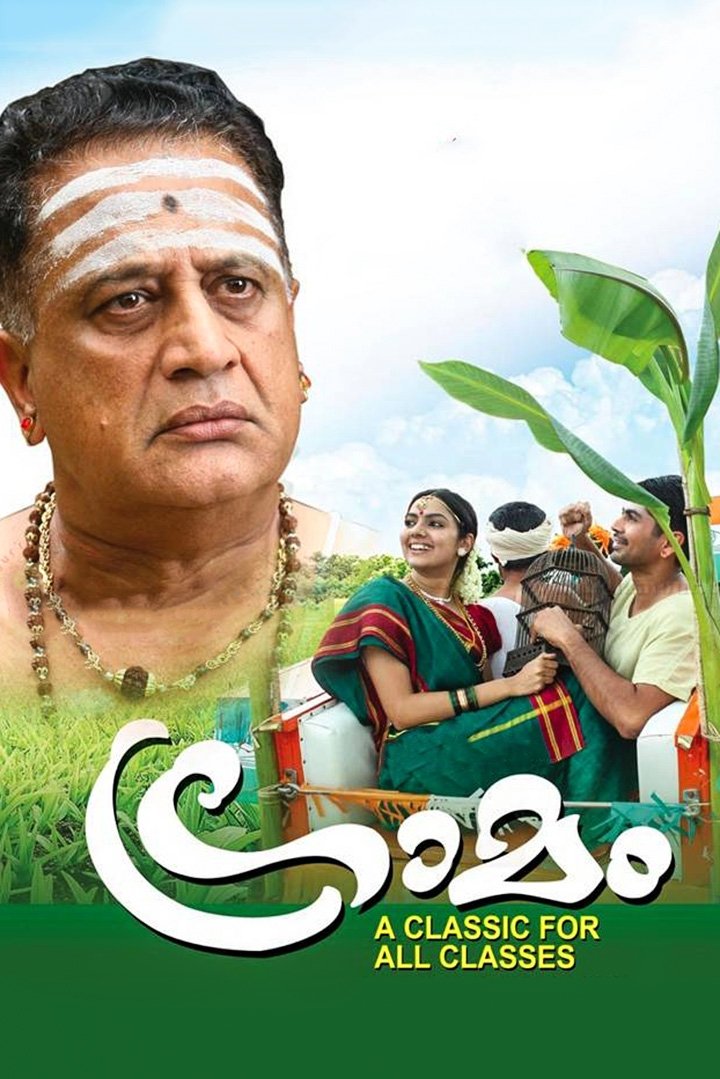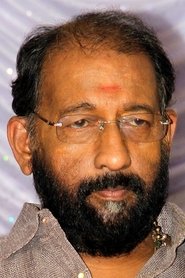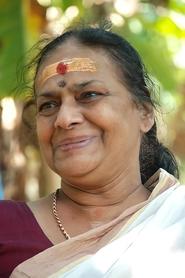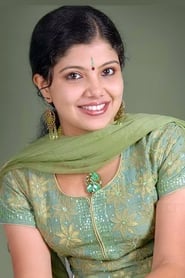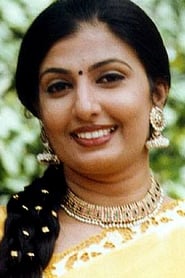Cast
View AllMohan Sharma
as Rao Bahadur Mani Swami
Nishan K. P. Nanaiah
as Kannan
Samvrutha Sunil
as Thulasi
Nedumudi Venu
as Govindankutty Maashu
Sukumari
as as Amminiyamma
Y. G. Mahendran
as
Shamja
as
Renuka
as Thankam
Nalini
as Kunju Ammaal
Fathima Babu
as Karthyayani
Kozhikode Narayanan Nair
as Panikkar Jolsyan
Kripa
as Vrinda
Aneesh G Menon
as Kuttan
Maya Viswanath
as Bhargavi
Crew
Director
- Mohan Sharma
Writer
- Mohan Sharma
Producer
- Mohan Sharma
Reviews
timesofindia
Set in the late 1930s and mid 1940s in a quaint village in Palakkad, Namma Gramam is an attempt to showcase the social transgressions of the period, especially among the Brahmin communities. Women in this world are mere objects of gratification, and if they are widowed, they are almost pariahs, child marriage is a reality and untouchability is a way of life.
Actor-turned-director Mohan Sharma uses India itself as a metaphor for the plight of his lead character Thulasi, a child bride who becomes a widow the very next day after her marriage. Like the country, which is under British rule, Thulasi's life too is determined by her immoral uncle, Subramani, the patriarch of the household and the bigwig in the village. He is a haughty individual who likes everyone to dance to his whims and fancies, and an abusive father to his righteous son Kannan. He is a hypocrite as well who will advocate the tonsuring of his little niece under the pretense of societal backlash but will unashamedly maintain a concubine.
The only character who stands up to Subramani is his widowed mother who tries to protect Thulasi even if it means sacrificing her own life. She is the film's moral centre and the late Sukumari (who won the National Award for Best Supporting Actress for this role) effectively captures the spirit of this character — she knows she cannot change everything that is wrong about the society but does her best. She detests her son for his ways and knows that the women in her family (including her daughter and her bedridden husband) will always have to depend on him, and yet she stands up to him whenever she can to protect Thulasi.
The film moves at a languid pace and the scripts course is predictable to an extent but Mohan Sharma manages to keep things from turning dull. He populates this world with a few interesting characters — a mentally unstable woman who passes comments (which are sometimes lewd) on the characters and their problems, a nationalistic school master who is impotent, and even a flatulent neighbour, who is used for the lighter scenes. One of these characters in fact kindles Kannan's interest in Thulasi. Mohan, who seems to have a fascination for metaphors, underscores this with a man lighting a street lamp in the foreground. In a nice little touch, Thulasi's liberation too happens exactly on the day of India's freedom. But then, at times, the director does go overboard with his allegories. When Thulasi moves out of the house in the end, he has her free a caged parrot!
The chief problem with the film is that the lead character is underwritten. We have to be angered seeing Thulasi's plight but we only empathise with her. Yes it is a male dominated world, but Thulasi is shown as too passive. We accept her crying over her fate as a girl but even after she grows into woman, we never get a scene where she questions society's treatment of her. The arc involving the concubine too is vague. Her husband has apparently disappeared after going to Burma some years ago but we do not get her dilemma when there is an effort to trace her missing husband. She is always shown as a woman who is eager to please Subramani in bed.
Jul 7, 2014
Thematic Analysis
Graamam represents a fascinating example of cinema, offering viewers a unique perspective on the human experience and societal structures. The film's approach to its themes demonstrates a creative vision that distinguishes it within its genre.
Director Mohan Sharma brings their distinctive visual style to this film, continuing their exploration of themes seen in their previous works while adding new elements. Their approach to pacing and visual storytelling creates a viewing experience that rewards close attention.
Released in 2012, the film exists within a cultural context that continues to evolve with our understanding of its themes. Its reception demonstrates the diverse reactions to its artistic choices and its place in cinema history.
Did You Know?
- The production of Graamam took approximately 7 months from pre-production to final cut.
- The final cut of the film runs for 131 minutes, though the director's initial assembly was reportedly 159 minutes long.
- The director insisted on using practical effects whenever possible, reserving CGI for only the most necessary scenes.
- Some visual effects sequences took up to 9 months to complete.
- The cast underwent specialized training for 5 weeks before filming began.
Historical Context
- In 2012, when this film is released:
- Streaming services were revolutionizing film and television consumption.
- Climate change awareness was becoming a central global concern.
- Streaming platforms were disrupting traditional distribution models and changing how audiences consumed films.
How This Film Stands Out
Details
- Release Date: August 10, 2012
- Runtime: 2h 11m

